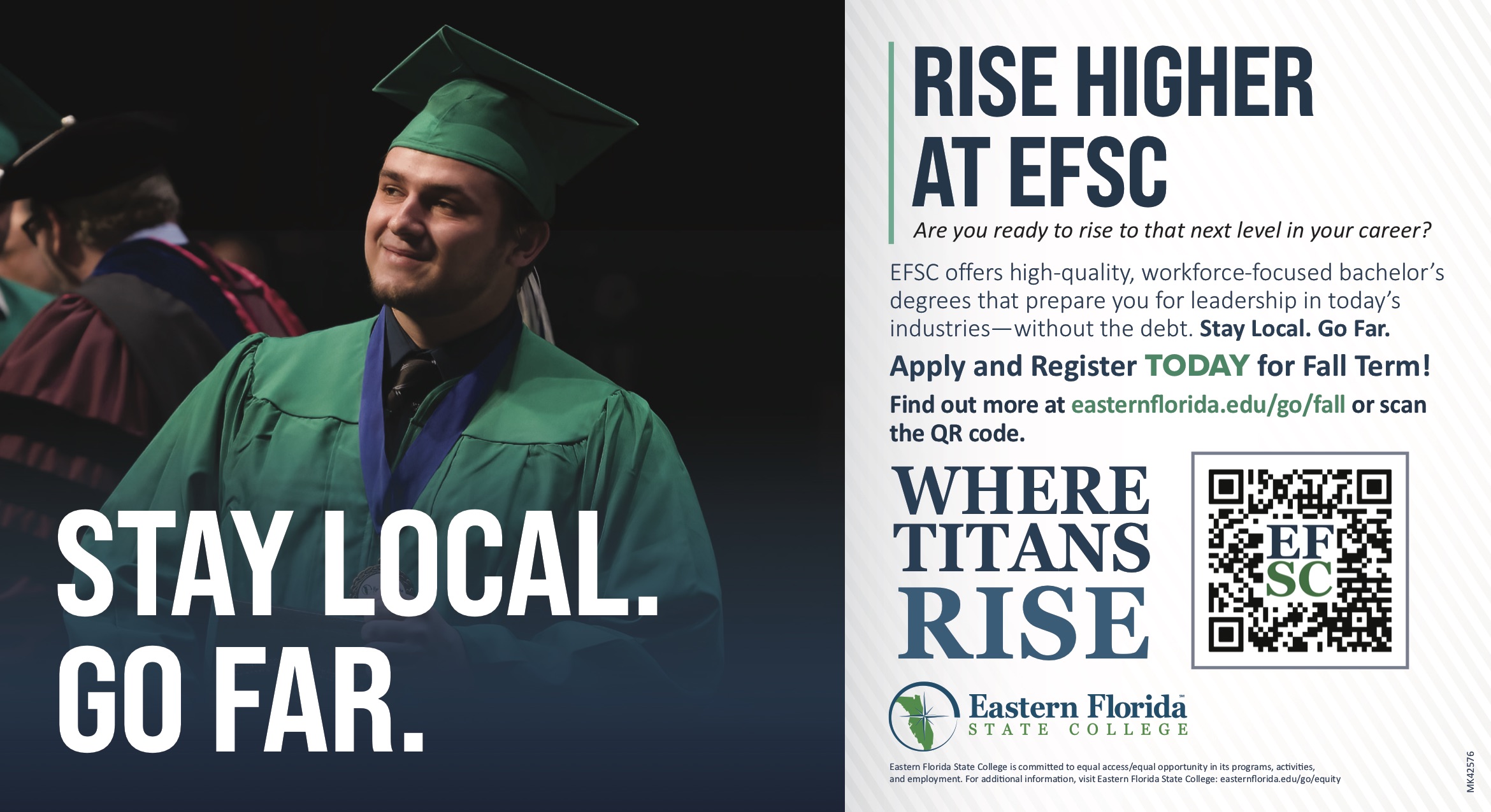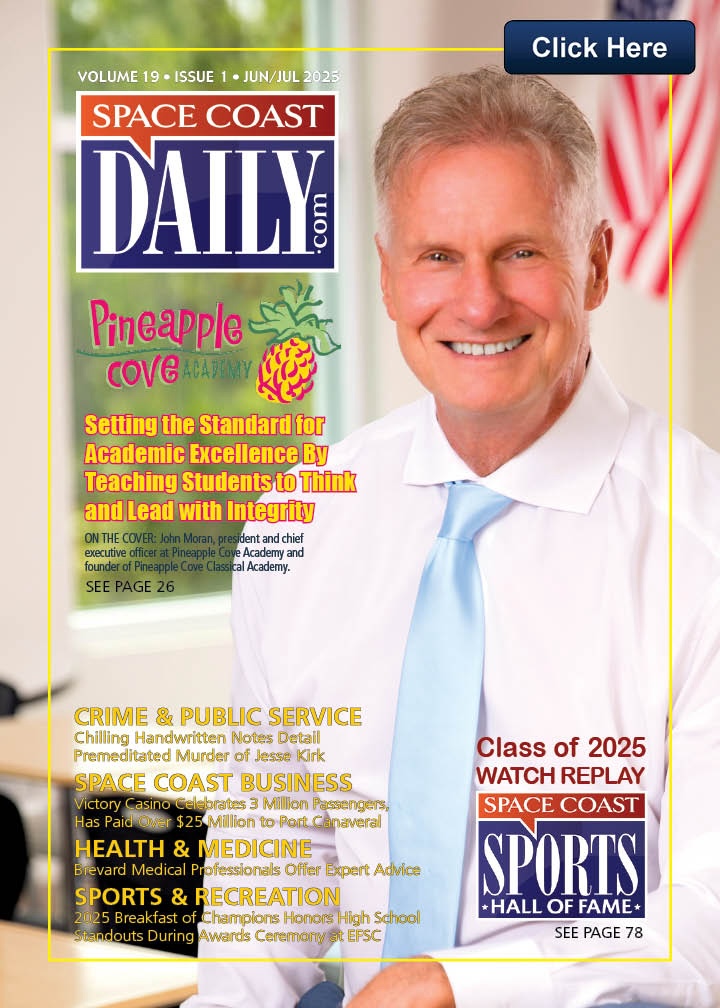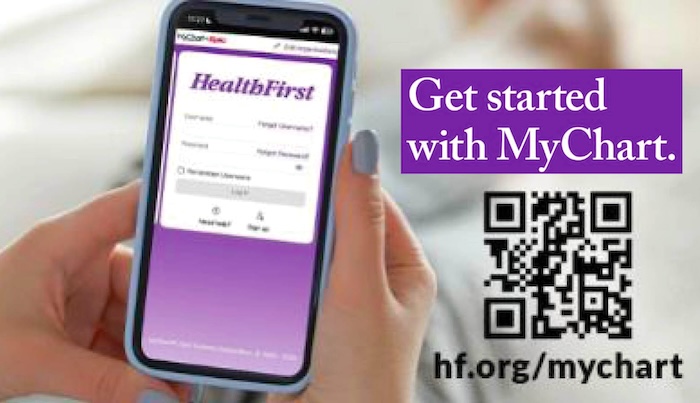The Bursting Dynamics of Bicycle Accidents in Fort Lauderdale’s Sunshine Glow
By Space Coast Daily // October 21, 2023

In the radiant embrace of Fort Lauderdale’s sun-kissed beaches and its vibrant, bustling atmosphere, a thriving community of bicycle enthusiasts emerges, their pedals painting the cityscape with their tales of adventure.
With a climate that perpetually dances in the arms of pleasant weather and a web of bike lanes that weaves a labyrinthine tapestry across the city, it might seem like an unspoken symbiosis between the metropolis and the cycling dream. Yet, beneath this Sunshine Glow, there looms a specter that sends shivers down the spines of cyclists and city dwellers alike – the escalating conundrum of bicycle accidents.
Journeying deeper into this enigmatic abyss, this article takes up the mantle of elucidation, peeling back the layers to reveal the intricate and mystifying puzzle that is the surge in bicycle accidents within Fort Lauderdale.
Unraveling the Surging Bicycle Accident Tapestry
Fort Lauderdale has not merely witnessed but been swept up in the tempestuous winds of a significant surge in bicycle accidents. This city, which once proudly displayed its picturesque coastline and open-air pursuits, now stands at the crossroads of a disconcerting trend – an upward spiral in bicycle accidents. Many strands intertwine to weave this complex narrative.
Urban Metamorphosis and Traffic Turbulence
As Fort Lauderdale unfurls its urban wings, beckoning more residents and travelers into its warm embrace, the cityscape takes on a different form. The streets that once meandered leisurely have transformed into a thriving matrix of bustling thoroughfares. The city’s very heart, once tender for leisurely bike rides, now throbs with the pulse of progress, rendering its streets crammed with traffic and expanding the theatre for potential bicycle accidents.
Distraction’s Deceptive Allure
The ubiquitous embrace of smartphones and electronic devices has birthed an insidious twin, the phenomenon of distracted driving. As drivers become enthralled by the mesmerizing dance of screens, their attentiveness wanes, leaving them more susceptible to serendipitous collisions with cyclists. This issue, akin to a contagion, has gripped Fort Lauderdale, mirroring a national crescendo of similar trends.
Bicycle Infrastructure: The Bridge of Dreams and Reality
Despite the city’s efforts to nurture the cycling community with dedicated bike lanes, the infrastructure, it seems, remains a delicate web stretched thin over the map. Cyclists, like tightrope walkers, often find themselves sharing their aerial perch with the rumbling behemoths of the road. This perilous balance, more pronounced in areas with scant bike infrastructure, waltzes the cyclists toward accidents like moths to a flame.
Intoxicants and Wheels: A Treacherous Pas de Deux
Fort Lauderdale’s nightlife, bathed in neon hues and vibrant bar scenes, lays out a buffet for the intoxicated. This unholy matrimony of alcohol and cycling heightens the likelihood of accidents. The city’s night, filled with inebriated cyclists, poses perils not only to them but to all who dare tread the nocturnal roads.
Unraveling the Web: Cyclists and the Community
The tapestry of bicycle accidents in Fort Lauderdale unfurls, casting a shadow that stretches beyond just cyclists. It engulfs the community, altering the hues of everyday life.
The Unease of the Pedalers
Cyclists in Fort Lauderdale now traverse the city with trepidation writ large across their faces. A surge in accidents has cast a long, haunting shadow over the once-bucolic roads. The thought of a potential accident has veiled the beauty of cycling as a sustainable and healthy mode of transportation.
The Weight of Ailments: Healthcare Costs
Bicycle accidents bear a financial burden not only on the injured cyclists but also on the shoulders of the broader community. The healthcare system bows under the weight of this affliction, with emergency room visits, surgeries, and rehabilitation becoming the costly tributes to this grim dance.
The Economic Ripple
The economic impact of bicycle accidents transcends healthcare. It penetrates the heart of local businesses, especially those catering to cyclists – bike rental shops, repair establishments, and restaurants. As accidents scare away cyclists, these businesses, tethered to their fate, watch their profits ebb.
Laws and Lawyers: The Tangle of Accountability
Bicycle accidents often become the fertile soil for legal wrangling. Personal injury claims and disputes over liability transform accidents into intricate court dramas. This lengthy legal tango dances hand in hand with the financial consequences of accidents.
Solutions: Weaving a Safer Future
To combat the pulsating conundrum of bicycle accidents in Fort Lauderdale, one must reach deep into the toolbox of solutions. A melange of strategies emerges, each holding a promise to subdue the fiery bursts of accidents and to illuminate the path of safety for both cyclists and the broader community.
The Road to Enhanced Infrastructure
A foundational step in the journey toward safer cycling is the enhancement of bicycle infrastructure. The blueprint entails an expansion of dedicated bike lanes, the nurturing of bike racks, and the creation of safe crossing points. By providing cyclists with their oasis, the risk of accidents diminishes.
Messages in a Digital Bottle: Public Awareness Campaigns
Erecting billboards of bicycle safety in the digital sea is paramount. Educational campaigns, like Guardians of the Road, can target both drivers and cyclists. They spin the tales of road rules, the perils of distracted driving, and the essence of responsible cycling. The stage for this dramatic presentation spans social media, local events, and community partnerships.
Saviors of the Road: Law Enforcement and Accountability
Law enforcement emerges as a savior, thrusting their badge into the core of the bicycle accident conundrum. With increased patrolling, a cascade of traffic tickets, and a vow to hold distracted and impaired drivers accountable, they pave the path to safer streets.
Bicycle Lore: Education Programs
The apprentices of cycling, the young, and the newcomers, receive their education in the form of special programs. These sessions drill the essence of safe practices into the minds of the participants, be it helmet usage, hand signaling, or the nuances of road signs. Adults, too, can visit this educational sanctuary to enhance their knowledge of road safety.
Responsible Wheels: An Oath for All
The rallying cry for responsible cycling echoes through the corridors of Fort Lauderdale. In the quest for safer streets, impaired cycling is discouraged, the virtues of helmet usage extolled, and the commandments of traffic rules sung from the mountaintops. With the gathering of bicycle clubs, local organizations, and city authorities, this mission becomes a collective pledge.
Data: The Compass for Safety
A data-driven compass guides the way, unraveling the mystery of accident hotspots and emerging trends. With this sacred knowledge, city planners can shower safety measures upon those areas where accidents surge, weaving a shield to protect the cyclists.
A Spin in Maintenance: Caring for the Wheels
Ensuring that bicycles remain in peak condition is an essential facet of safety. Workshops and educational programs open their doors to teach cyclists how to not just ride but also maintain their precious steeds. By minimizing the odds of accidents caused by mechanical failures, they patch another chink in the armor of bicycle accidents.
The Renaissance of Infrastructure
Strengthening the foundation for safety involves reimagining the infrastructure. Expanding and meticulously maintaining dedicated bike lanes, positioning bike racks strategically, and crafting secure crossing points will build a fortress of protection for cyclists. In doing so, the path toward a safer journey takes shape.
Unveiling Truths with Public Awareness
Billboards of awareness rise, designed to navigate the digital sea. Educational campaigns, guardians of wisdom, target both drivers and cyclists. The messages transmitted, akin to chapters of an unwritten book, educate road users on the rules of engagement. Distracted driving, a contemporary nemesis, is unmasked. Responsible cycling becomes the anthem. The stage for this dramatic presentation extends across the digital realm, local gatherings, and community collaborations.
Guardians of the Streets: Law Enforcement and Accountability
Law enforcement takes center stage, their badge a symbol of protection. Enhanced patrolling, a surge in ticketing for traffic violations, and the unwavering commitment to hold distracted and impaired drivers accountable for their actions form the cornerstone of safer streets.
Bicycle Lore: The Education Odyssey
The apprentices of cycling, a diverse troupe that includes the young and the newcomers, gather in educational sanctuaries. These temples of learning, like masters and disciples, instill the essence of safe practices. Helmet usage becomes second nature. Hand signaling takes its place in the cyclist’s repertoire. Road signs transform from cryptic symbols to navigational allies. Meanwhile, adults embark on their educational journey, honing their knowledge of road safety.
The Pledge of Responsibility
A rallying cry for responsible cycling resounds through the corridors of Fort Lauderdale. In the quest for safer streets, impaired cycling is discouraged, the virtues of helmet usage extolled, and the commandments of traffic rules chiseled in stone. Bicycle clubs, local organizations, and city authorities join hands in taking an oath to protect the cyclists and the community.
The Compass of Data-Driven Safety
A compass of data emerges as the guiding light. It unravels the enigma of accident hotspots and unveils emerging trends. With this precious knowledge, city planners march to the frontlines, determined to shield cyclists by deploying safety measures in areas where accidents flourish.
The Symphony of Maintenance
Bicycles, like virtuoso instruments, must be kept in peak condition. Workshops and educational programs, akin to masterclasses, pass on the knowledge of maintenance to cyclists. They learn to recognize the whispers of their mechanical companions and attend to their needs, reducing the odds of accidents caused by mechanical failures.
In Closing: A Cyclist’s Odyssey
In the grand finale, the complex, bursting dynamics of bicycle accidents to enigmatic Fort Lauderdale has woven a tapestry of challenges, casting a long shadow upon both the city and its cycling community. As the metropolis evolves, the pressing issues of urban growth, distracted driving, inadequate infrastructure, and the specter of impaired riding stand as formidable foes.
The community, once unfazed by the rhythmic hum of bicycle wheels, now finds itself haunted by the growing crescendo of accidents. The unease is palpable as cyclists, their determination tested, weigh the allure of two wheels against the fear of potential accidents.
The toll of bicycle accidents reaches far beyond the individual, resonating through the community. The healthcare system, a faithful guardian, stands burdened with the steep costs of emergency room visits, surgeries, and rehabilitation. As dollars flow towards mending the broken, local businesses suffer. Bike rental shops, once a vibrant hub of activity, find their cash registers echoing with emptiness. Repair stores, once bustling, now wait in silence. Restaurants, that once served the famished cyclists, feel the pinch as their chairs remain unoccupied.
The legal landscape, too, morphs into a maze of complexity. Personal injury claims and liability disputes spiral into intricate legal battles, adding to the financial strain said a bicycle accident lawyer in Fort Lauderdale. As the city grapples with the perplexing web of bicycle accidents, a multilayered strategy beckons as the beacon of hope.
How does one combine a passion for journalism with a strong sense of justice? For Crystal, the choice was simple: legal journalism. Born and raised in a family of attorneys but wanting to approach the law from an investigative angle, Crystal decided that people would not hear her voice in the court, but online, in magazines, journals, and other platforms. When she is not studying active lawsuits closely to report on them, she writes public-friendly articles detangling the complicated threads representing the American legal system.













